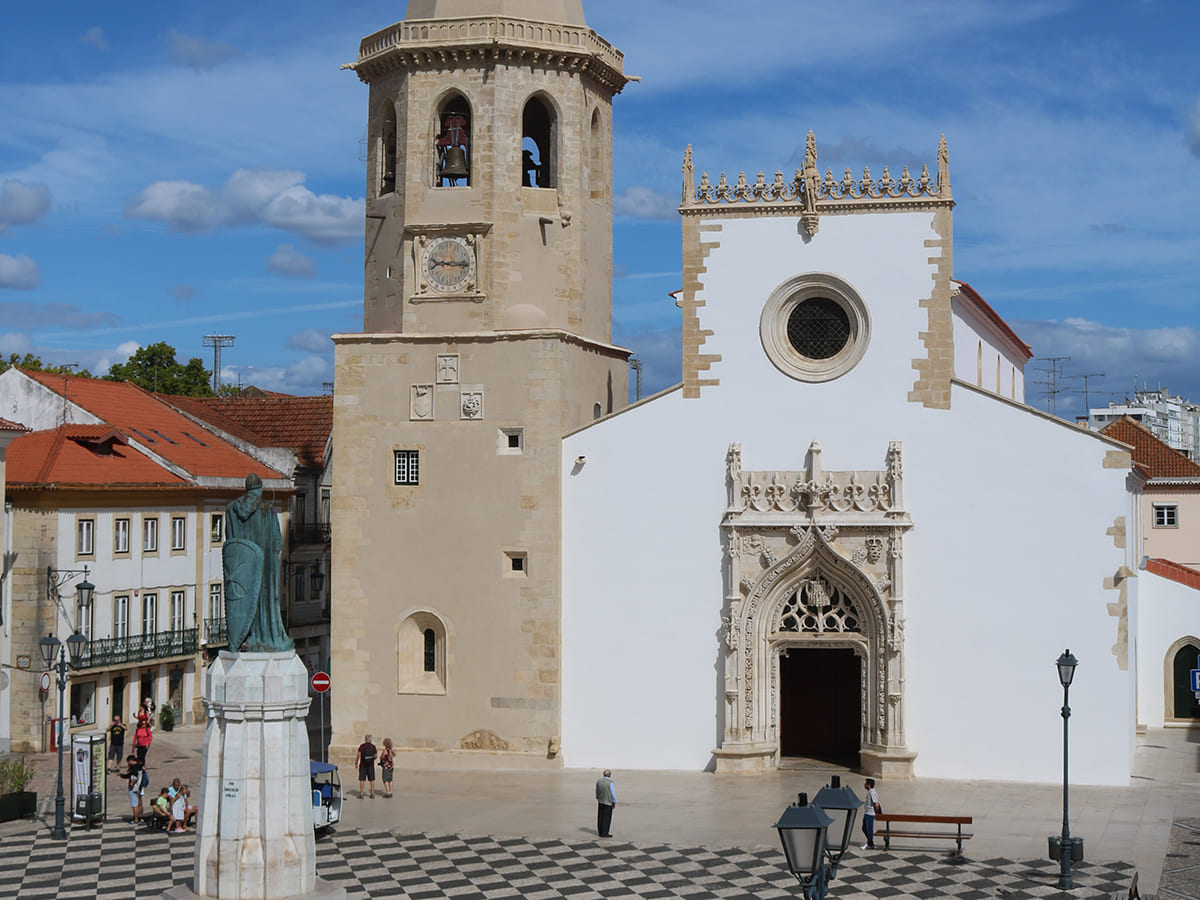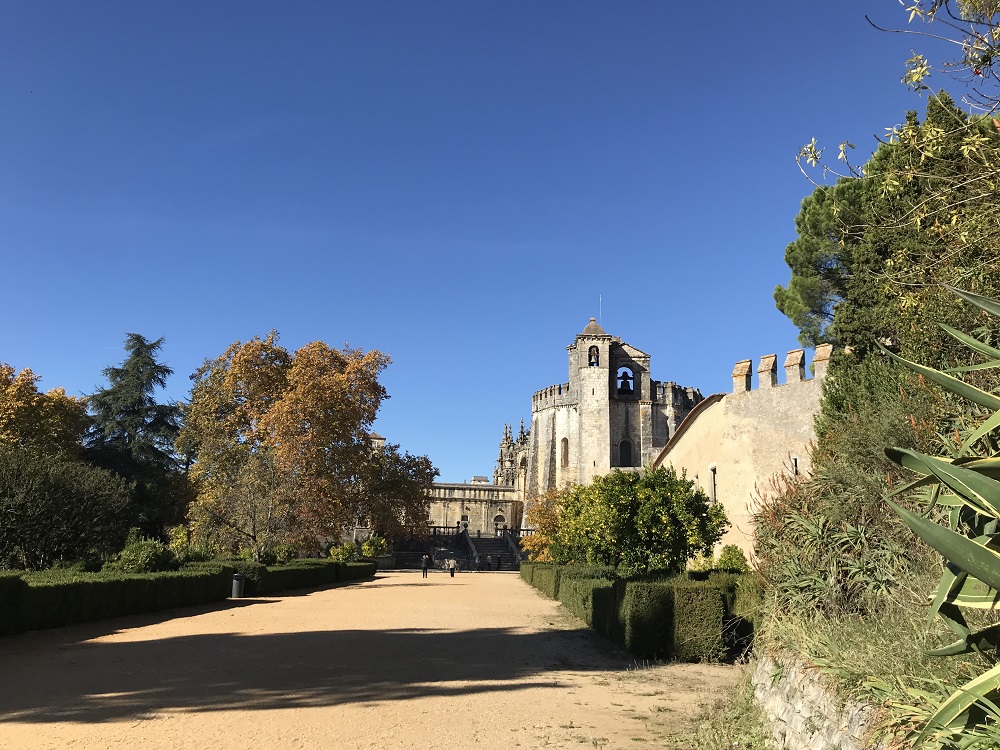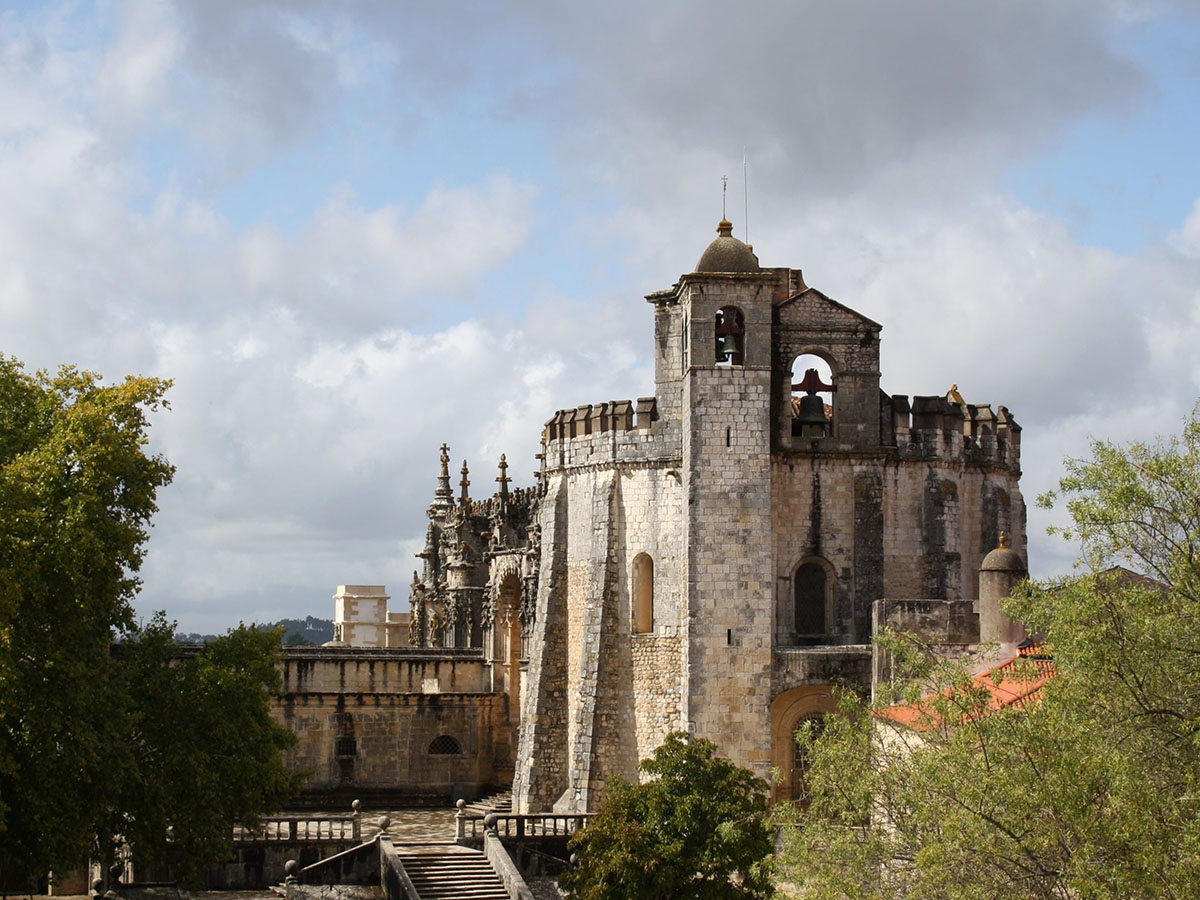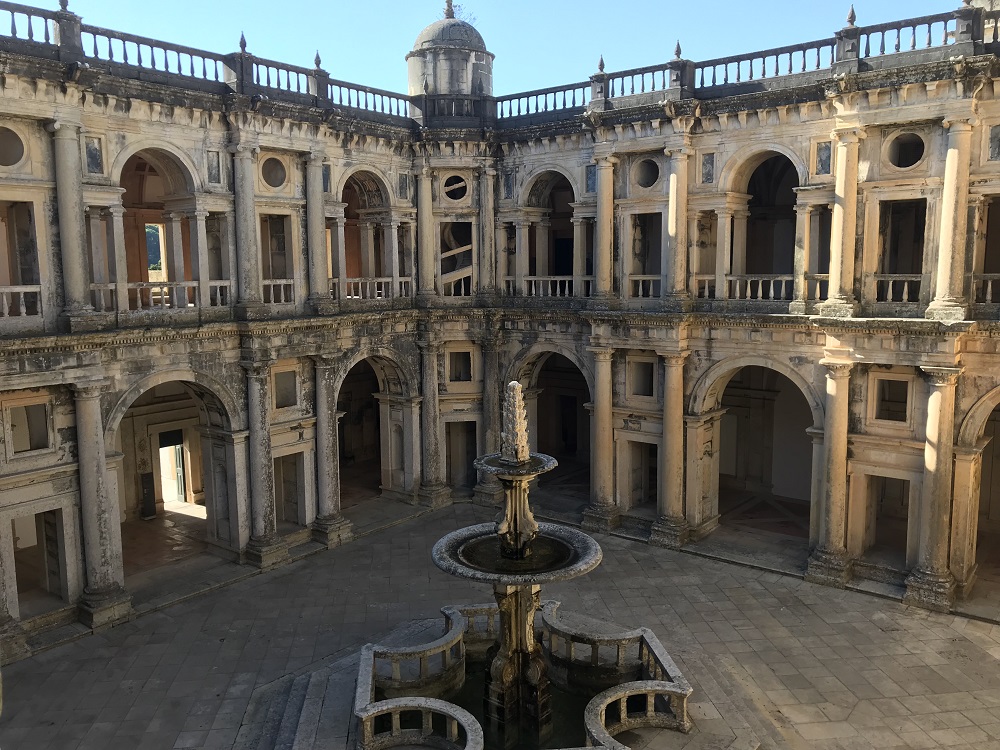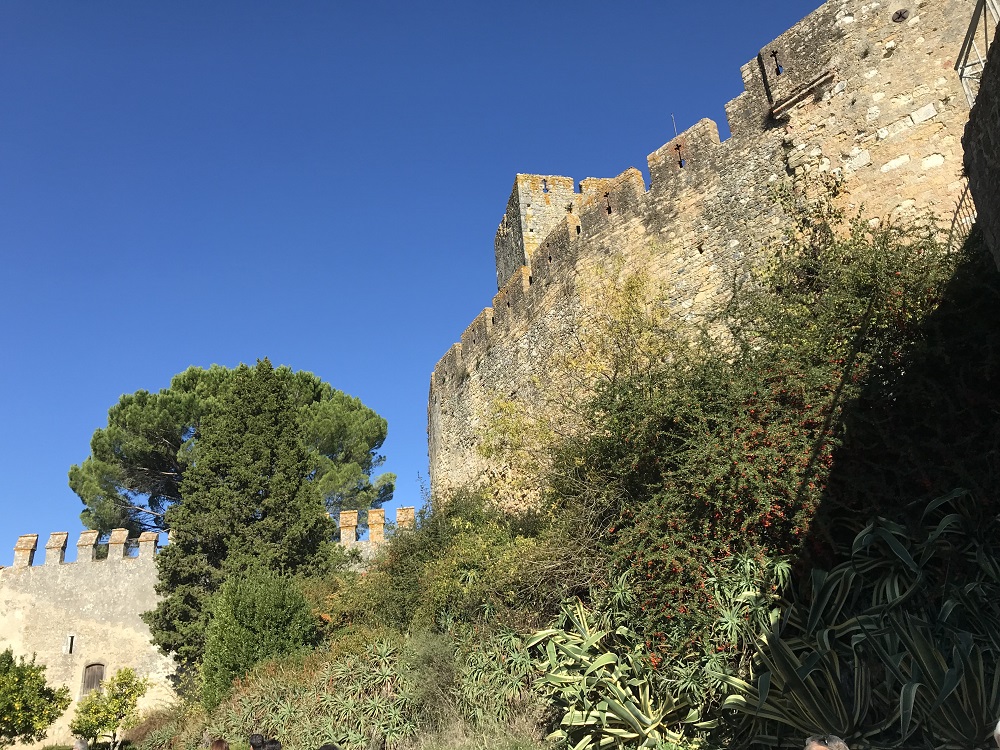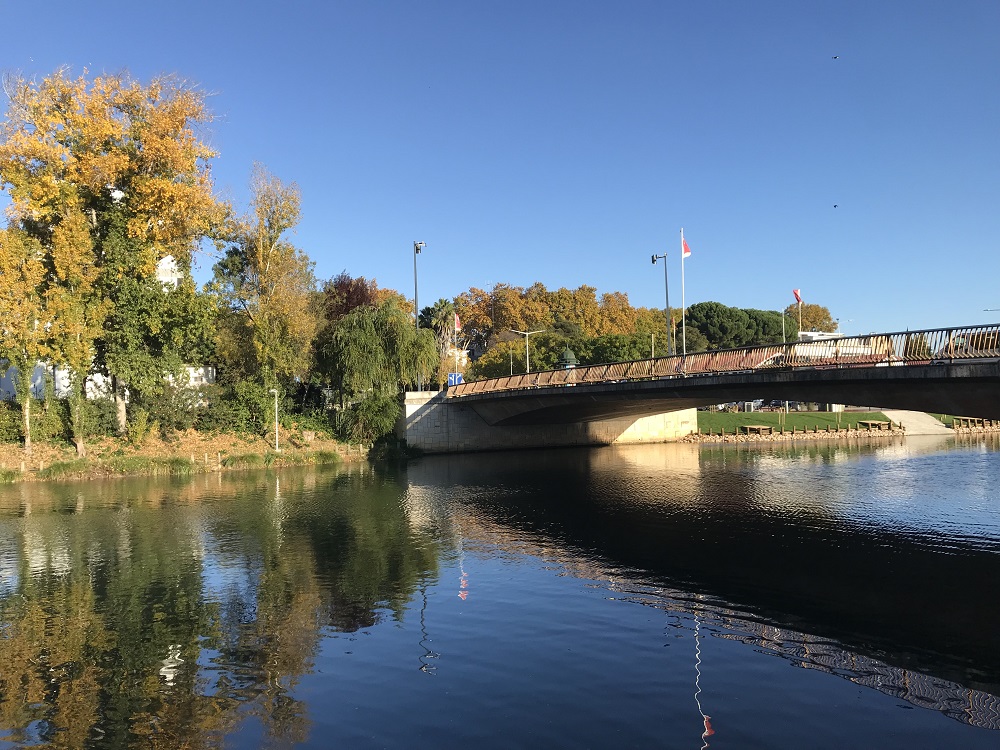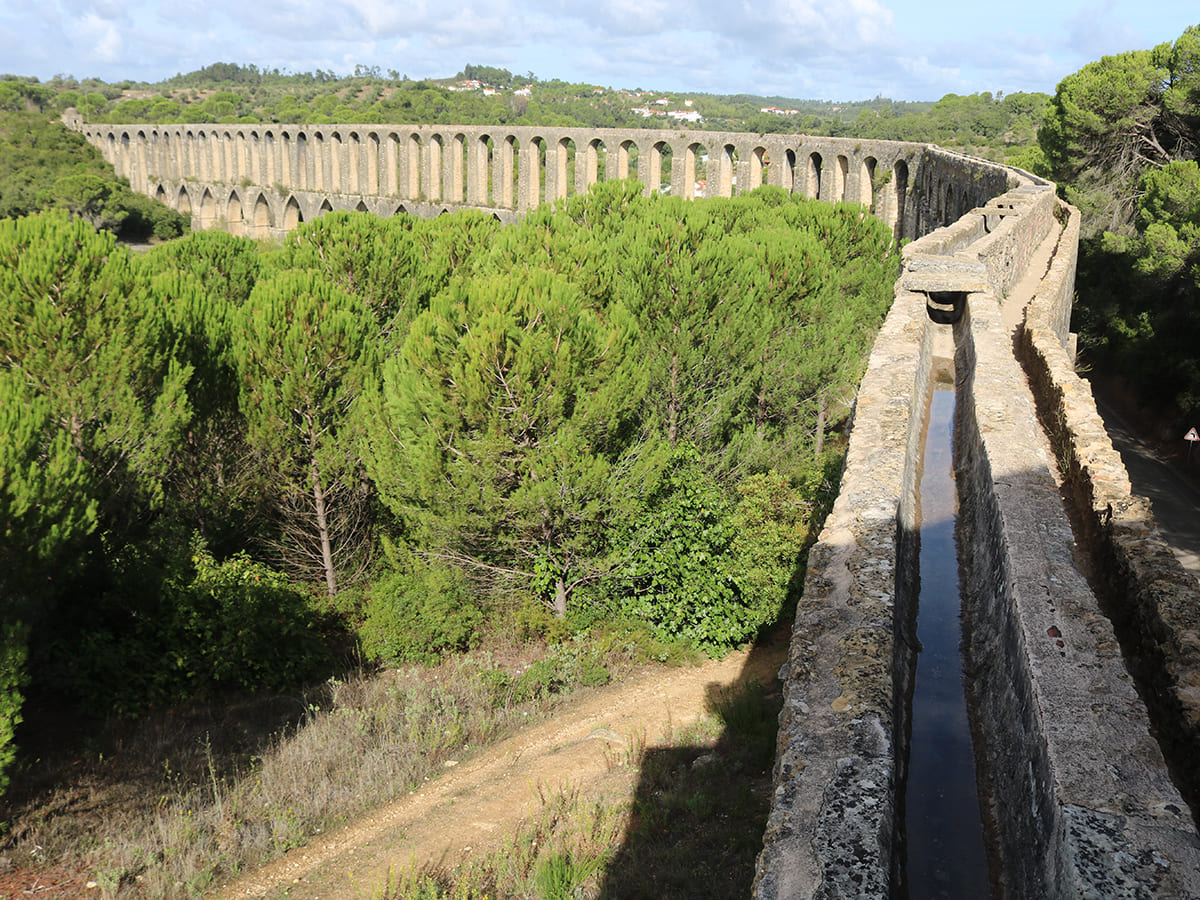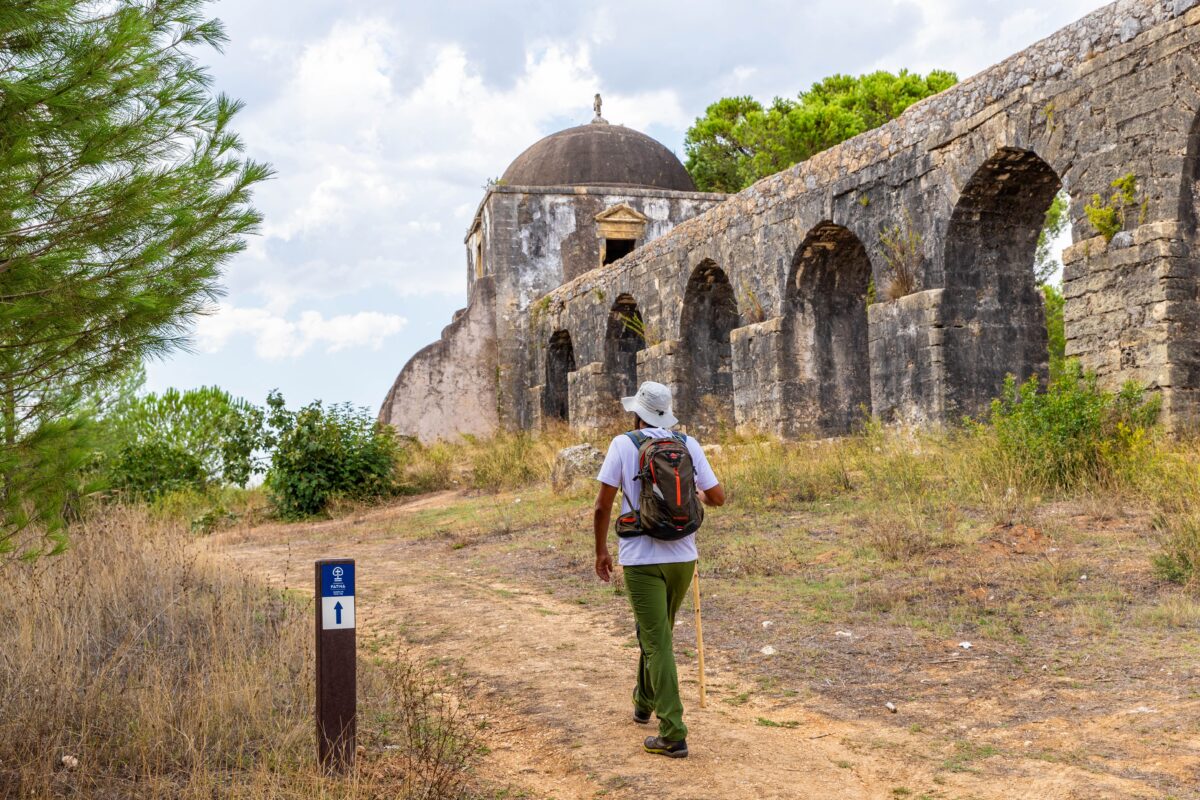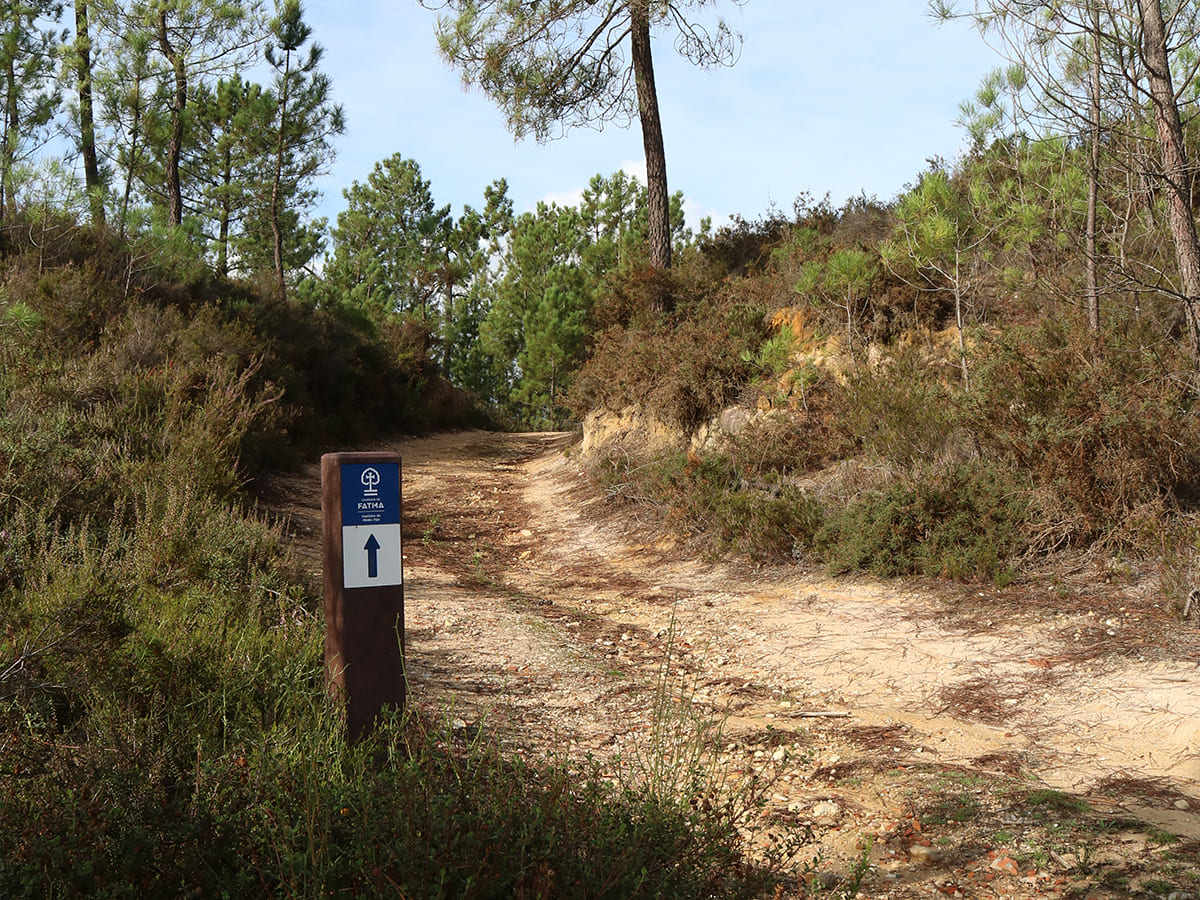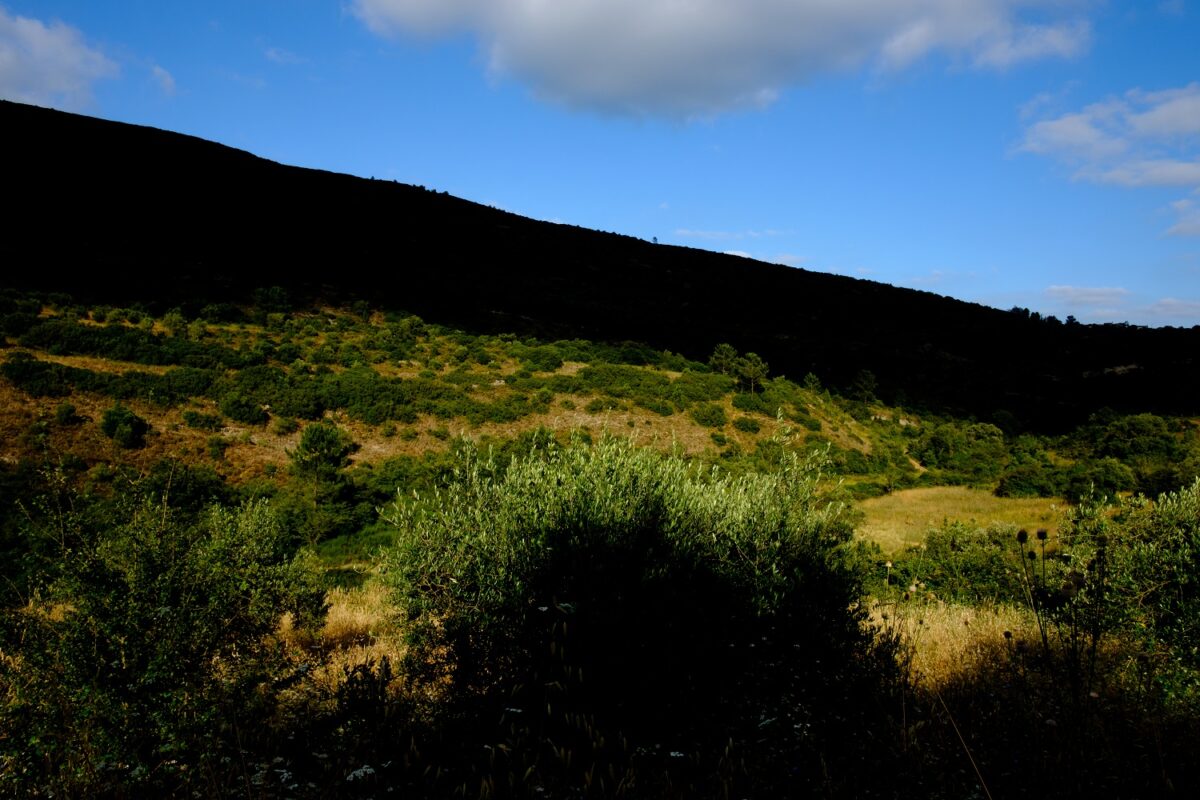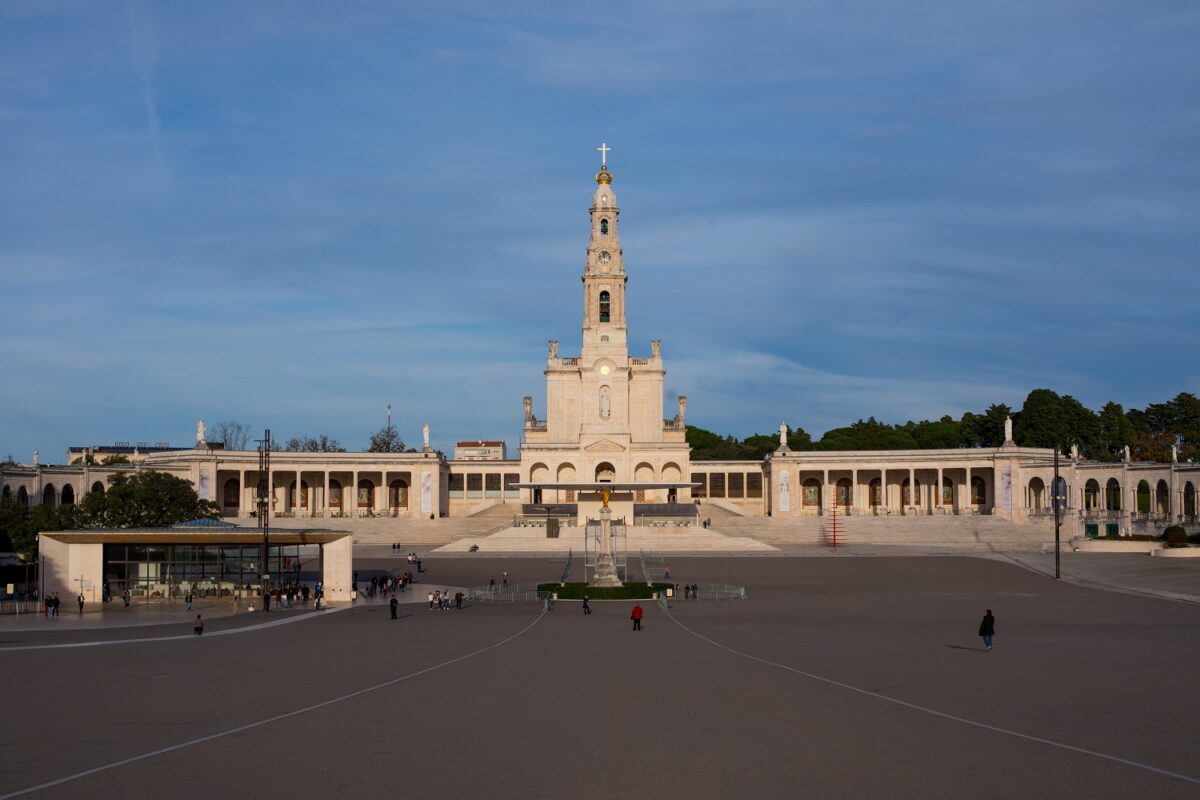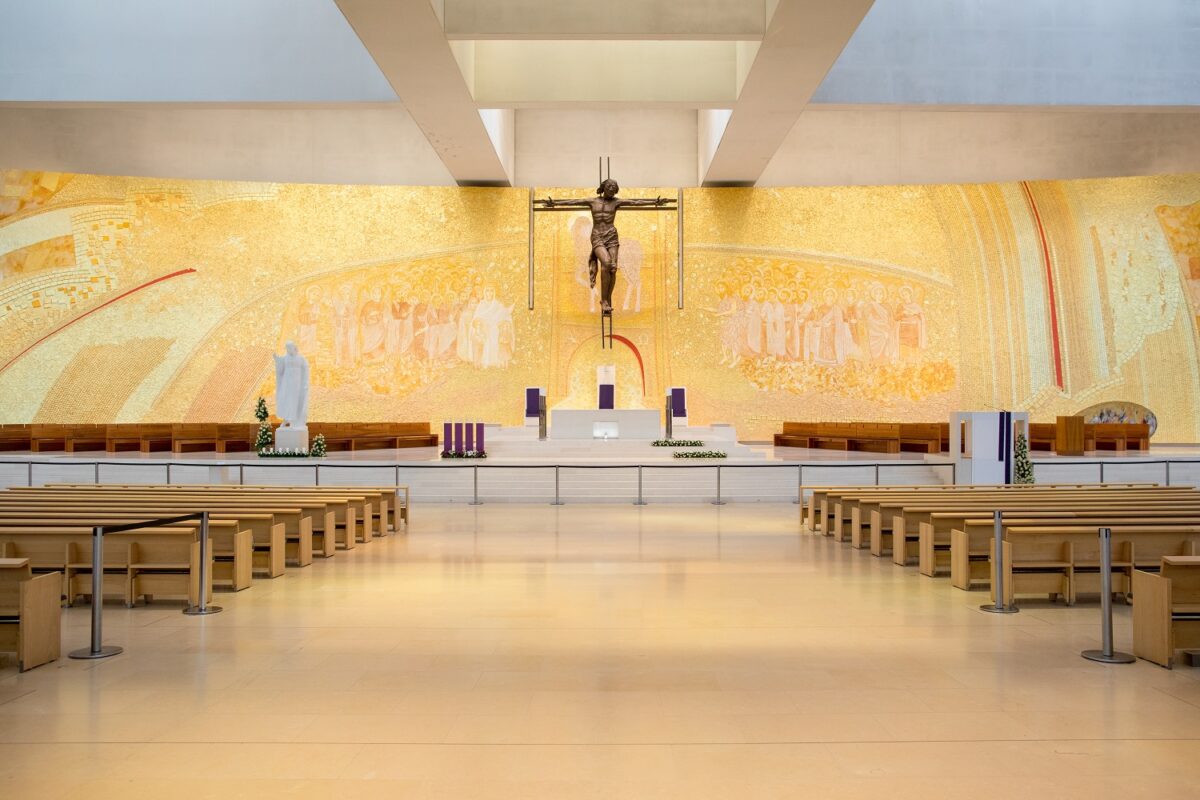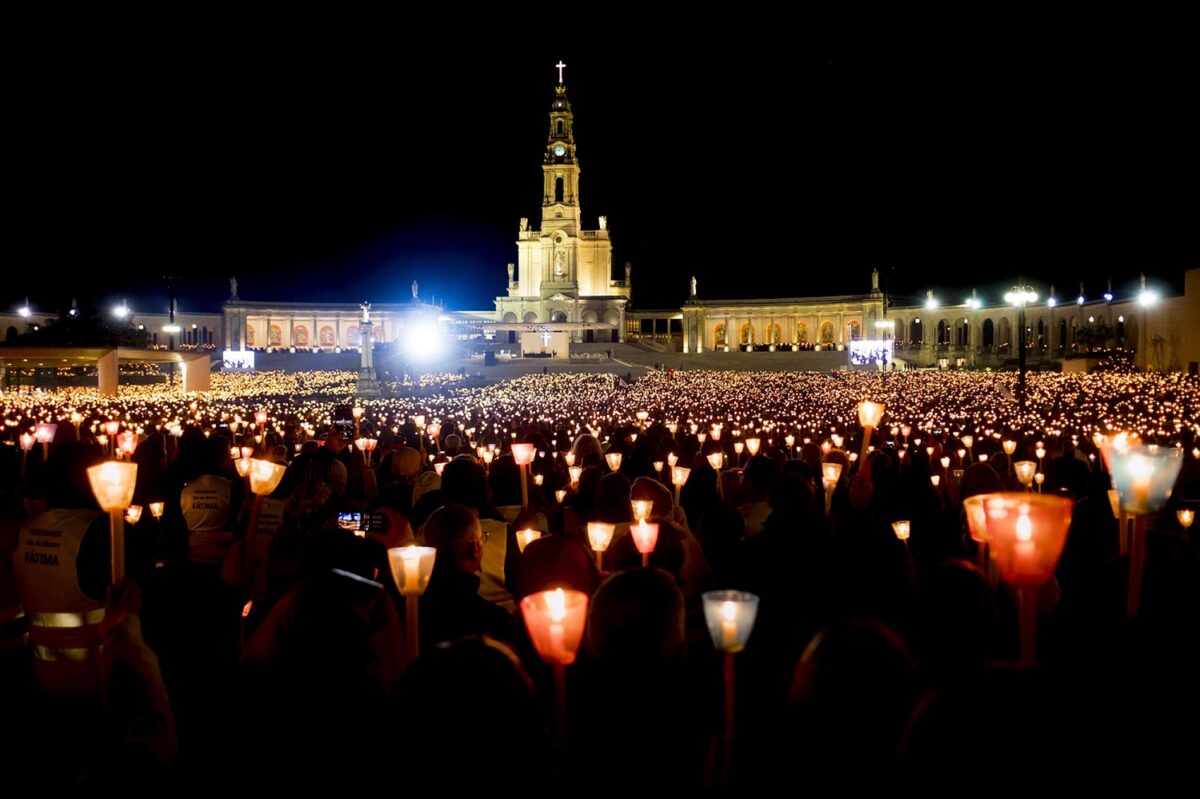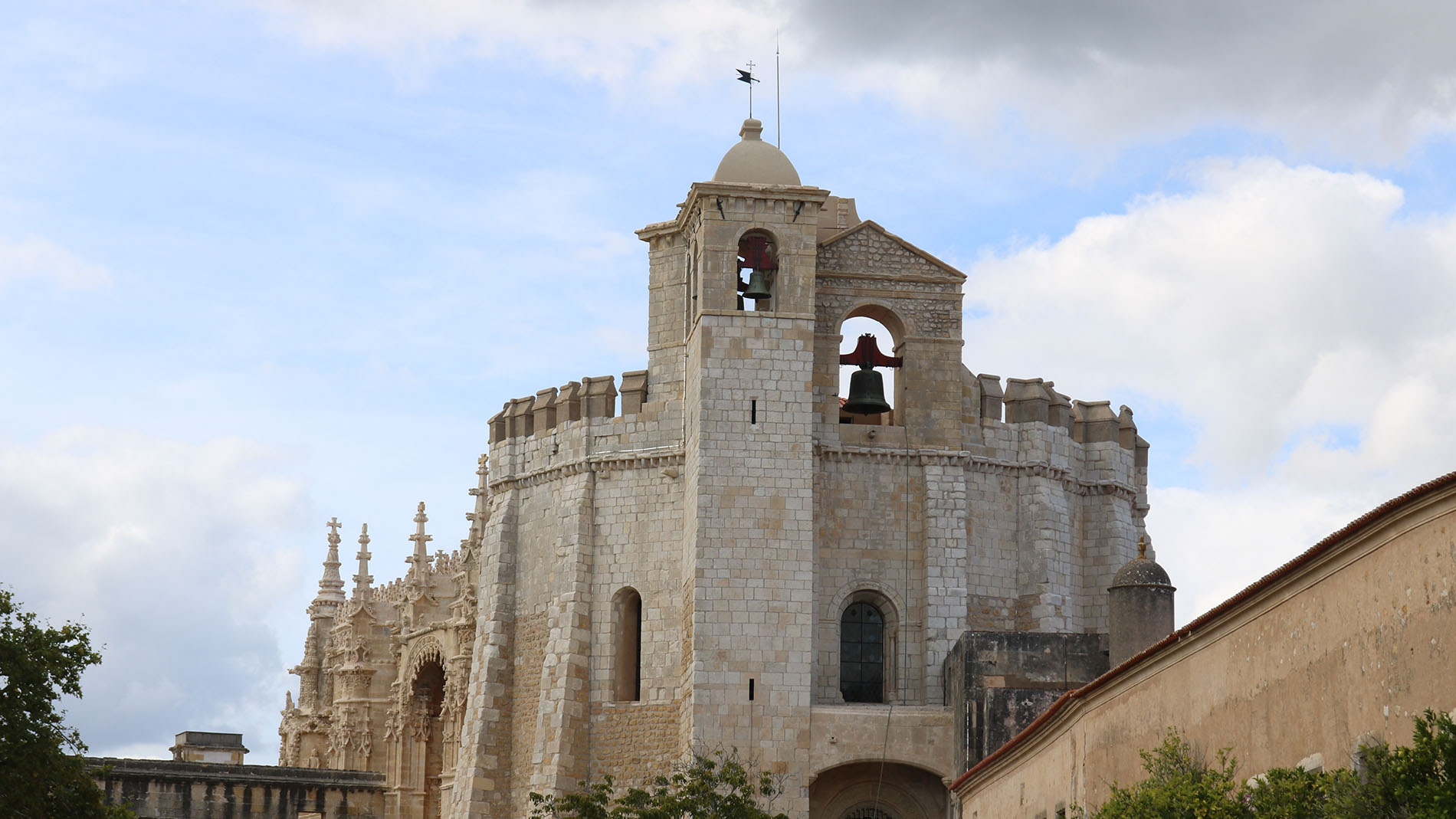
Tomar Route
Médio Tejo RouteThe Tomar Route is part of an ancient territory where religiosity, nature, and life are inseparable. From the historic Convent of Christ, which was the seat of the Order of Christ and is now a World Heritage Site, to the emblematic Marian Sanctuary of Fátima, the landscape is defined by water and stone. The River Nabão and the streams that supply it are associated with the water system of the River Tagus and its tributaries, which irrigate fields where small farms emerge. On the horizon is the Extremadura karst massif, where limestone predominates. The surrounding scenery can be imposing, but also serene and beautiful. The urban and the rural coexist harmoniously. History, culture, and art merge in the different eras of the past and into the present, where memory is always revitalised. The built heritage is remarkable, both for its antiquity and for the quality of the arts that converge in it. Cultural and social experiences are marked by festivals and traditions and by the rich and authentic gastronomy. In this context we note in particular the Festa dos Tabuleiros, classified by Unesco as Intangible Cultural Heritage.

Sacred Places
[Tomar - Sanctuary of Fátima]In a single day’s journey between Tomar and Fátima, the route passes through the municipalities of Tomar, Torres Novas, and Ourém. Over the course of 31 kilometres and 7 hours of walking, visitors can enjoy the richness of a remarkable cultural and environmental heritage and meet a hospitable local populace. The route has a significant degree of difficulty, both due to its length and the terrain.
Tomar, the city on the banks of the River Nabão, was first established in the 12th century, but the urban centre developed in the 15th and 16th centuries, with straight streets, squares, and plazas where the Church of São João Baptista and the old Synagogue stand out. Close by is the Gothic church of Santa Maria do Olival, with a large rose window on its façade. On the hill stands the Convent of Christ, a monumental Templar complex made up of a tower, church, and cloisters. Here, Gothic, Manueline, Renaissance, and Mannerist art coexist in architecture, sculpture, and painting. The route follows the monumental Pegões Aqueduct, built in the 17th century to supply the convent, and continues along rural roads and paths.
In the municipality of Torres Novas, the route passes through old villages surrounded by gardens and fields. In Fungalvaz, we find a small chapel with a simple façade and bell tower. Visitors enter the region of the Extremadura karst massif through the Serra de Aire, where the altitude is accentuated. The local natural environment is imposing and the fauna and flora are rich. Through hills and valleys, in a vigorous and rugged landscape, the Municipality of Ourém presents a territory with an important cultural and natural heritage and important biodiversity. Just before reaching the Sanctuary of Fátima, on a small hill, the Sanctuary of Our Lady of Ortiga bears witness to the historical antiquity of Marian worship in the region.
